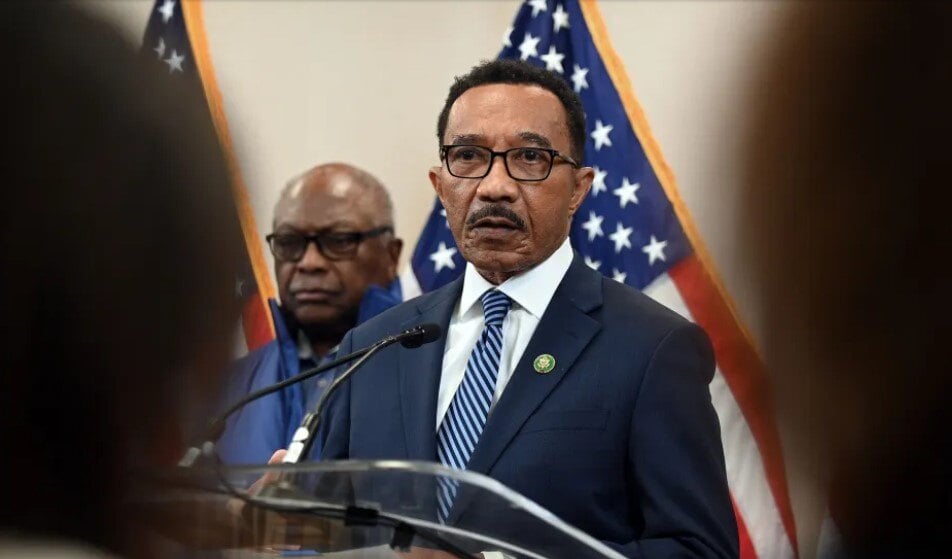Must Read: Protections For Athletes Are Being Ignored and Kids Are Dying
 First, the good news! The absolutely riveting investigative report — Safer Sidelines — from Stephanie Kuzydym, of the Louisville Courier Journal, is a definite must-read, but... now is free (no longer behind a paywall!) The bad news, of course, is her series of stories highlight a serious and immediate problem. These stories and those like it must continue to be shared with everyone involved and the problems are solved.
First, the good news! The absolutely riveting investigative report — Safer Sidelines — from Stephanie Kuzydym, of the Louisville Courier Journal, is a definite must-read, but... now is free (no longer behind a paywall!) The bad news, of course, is her series of stories highlight a serious and immediate problem. These stories and those like it must continue to be shared with everyone involved and the problems are solved.
While the series is explosive, it can also be quite a lot to get through. We wanted to highlight the first story in Safer Sidelines to give you an overview so you understand the situation and can share this version with those concerned.
In Kuzydym's first article, "Protections for high school athletes are being ignored. Kids are dying as a result", she digs deep into the issue of sudden death among high school athletes and the lack of adequate protections in place to prevent such tragedies.
The story brings to light the case of Korey Stringer, the NFL player who died from heat stroke during training camp in 2001, and how his death prompted the NFL to implement health and safety protocols.
However, similar preventative measures have not been widely implemented at the high school level. The author emphasizes that sudden death in high school sports is not rare and occurs multiple times across the country each year, with sudden cardiac arrest being the leading cause of death among high school athletes.
The lack of "gold standard" policies, the relatively low cost of life-saving equipment, defeated or watered-down legislation, and inadequate enforcement of existing policies contribute to the problem.
There are difficulties in tracking athlete deaths due to the absence of a national public database and the lack of reporting requirements. The need for better training, policies, and equipment is emphasized, along with the importance of having Athletic Trainers and implementing those gold standard measures to ensure athlete safety.
The financial aspect is also highlighted, with the article noting that money is often cited as a barrier to implementing these safeguards, despite the significant expenditures on high school sports.
The article goes on to urge a shift in mindset, prioritizing health and safety over wins and losses and advocating for the necessary measures to protect high school athletes.
Here are some key points from her first story:
- Sudden death in high school sports is a significant issue, with at least 441 deaths occurring in the years following the death of NFL player Korey Stringer.
- Sudden cardiac arrest is the leading cause of death in high school athletes, happening once every three days during the school year.
- Most states and high schools lack the "gold standard" policies to protect young athletes, and existing policies are often ignored or poorly enforced.
- The cost of life-saving equipment, such as defibrillators (AEDs), is minimal compared to overall athletic program budgets.
- Legislation aimed at addressing the problem has been defeated or diluted.
- A comprehensive public database tracking athlete deaths does not exist, so The Courier Journal compiled its own database based on news reports, identifying 26 athlete deaths in 2022 alone.
- Lack of training, policies, and equipment contribute to preventable deaths, with many schools failing to meet gold standards, such as having athletic trainers, emergency action plans, AEDs, cold water immersion tubs, and wet bulb globe temperature monitors.
- Only one-third of high schools in the United States have a full-time athletic trainer.
Financial concerns often hinder the implementation of necessary safety measures, despite significant athletic program budgets. - Advocates, including parents who have lost children to sudden death in sports, are calling for increased awareness, policy changes, and investment in athlete safety.
Bear in mind that these are not the only points addressed in the article. But this post can be used to highlight the issues found in her first story.
Share with colleagues, sports medicine leaders, athletic directors, coaches, and everyone else concerned. And read the entire series from the author, especially now that the paywall has been removed.
Here's the link again to the Safer Sidelines series!
![HR Logo [Recovered]_Full Color Vertical-1](https://blog.healthyroster.com/hs-fs/hubfs/HR%20Logo%20%5BRecovered%5D_Full%20Color%20Vertical-1.png?width=199&height=178&name=HR%20Logo%20%5BRecovered%5D_Full%20Color%20Vertical-1.png)
 By
By


